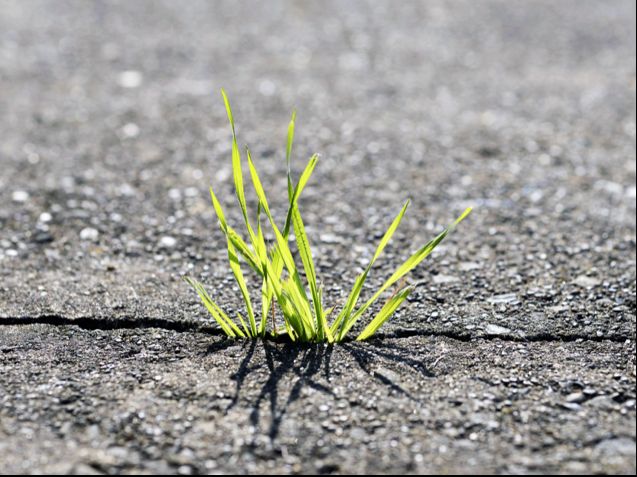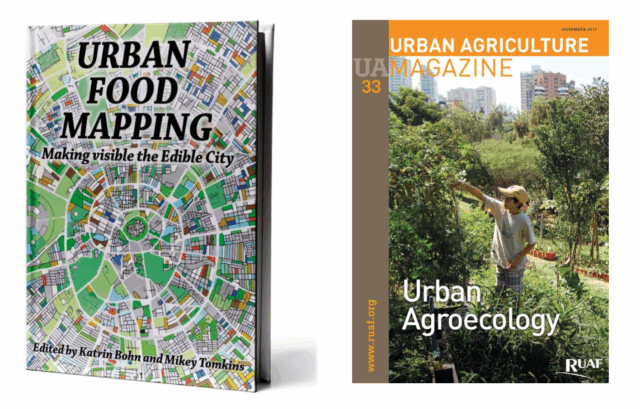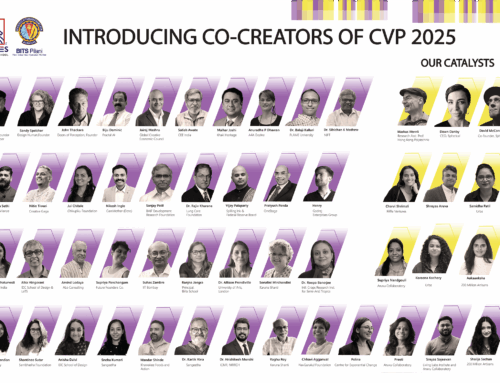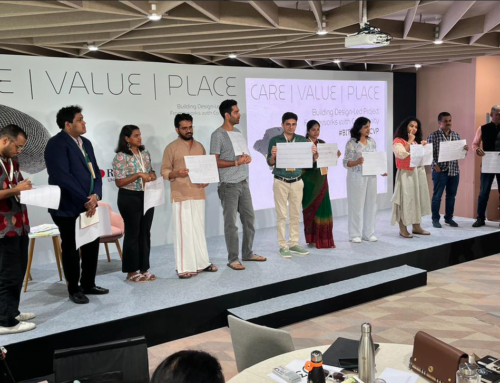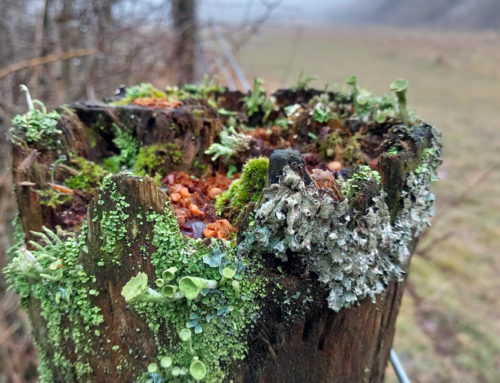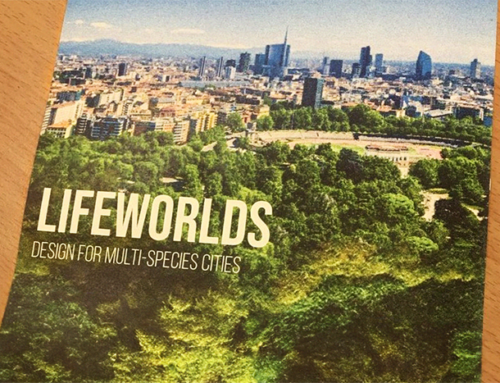I was invited to contribute to the Advanced Lecture Series at Tongji University, in Shanghai. These high-level, cross-disciplinary lectures are organized by the Graduate School. I thank them for this opportunity. I am also grateful to Professor Francesca Valsecchi for supporting me in this challenging commission.
The following transcript accompanies the YouTube recording.
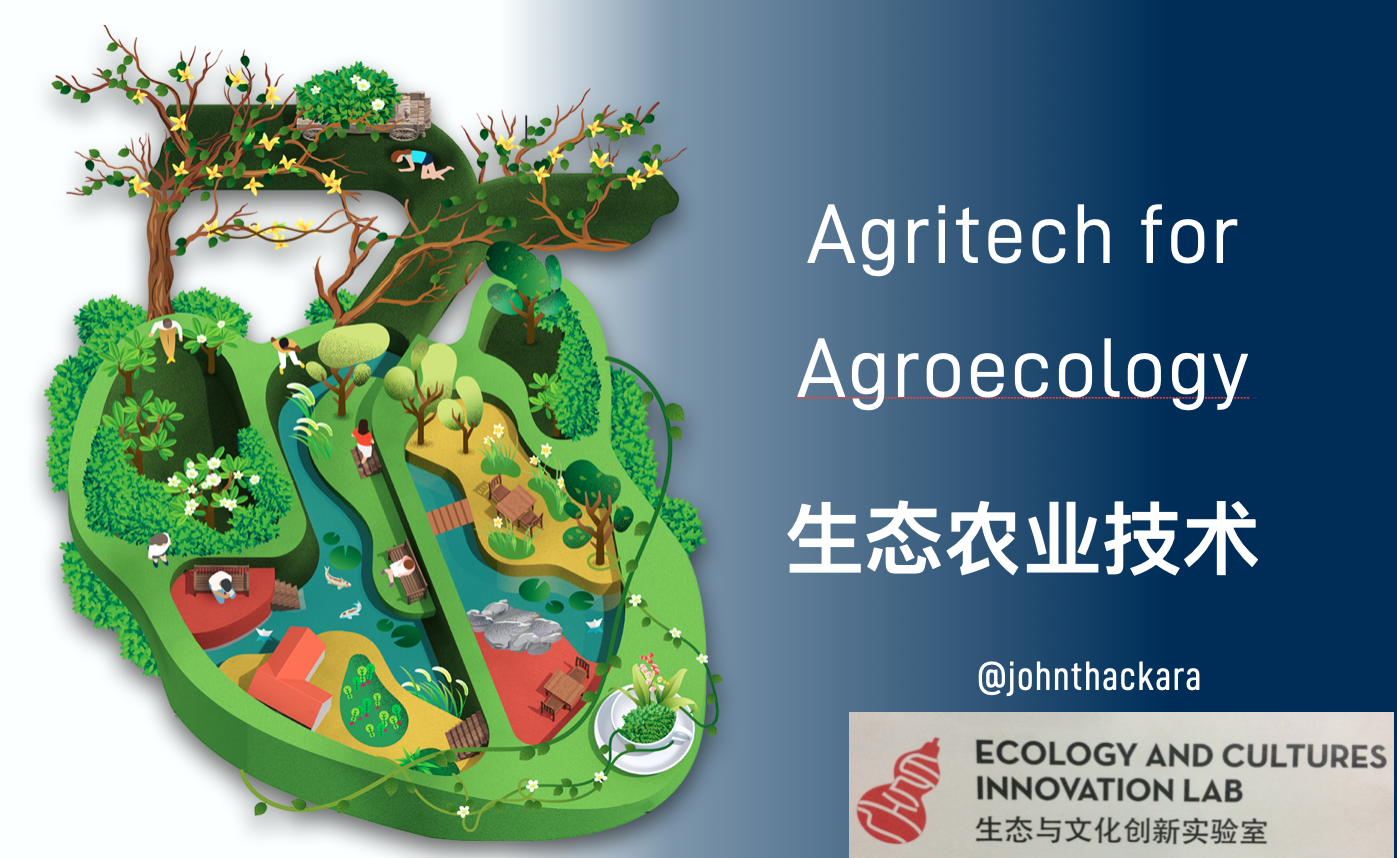
Takeaways
Sustainability is not a destination, like a city of glittering rooftops in the far distance. Rather, sustainability is a system condition – in which the system is alive. It is comprised of social and ecological relationships in particular places, each one of which is unique. These relationships are not just between humans. Sustainability is about relationships amongst all of life, not just human life.
Seen in this way, the meaning and purpose of ‘sustainable design’ – which have long been elusive – comes in to view. Our work is about what Andreas Weber calls “designing for shared aliveness *
Those words are easy to say, but what do they mean in practice?
That question is the subject of my talk today, which is about food and agricultural systems. What does design for shared aliveness mean for those living systems?
My talk is not theoretical, and it is not speculative. It’s not about system conditions that would be nice – perhaps in that glittering city in the far distance.
On the contrary, I will focus on places and situations that are happening all around us, in different parts of the world, that are already, in different ways “sustainable”.
Researchers have given a name – agroecology – to describe these desirable situations and practices. Like so many other buzzwords, agroecology means a awful lot to researchers – but not so much to the farmers who actually do it.
A lot of who practice agroecology, would not recognise the word. They use words like “natural farming” or just, “farming” !
So my talk has five parts:
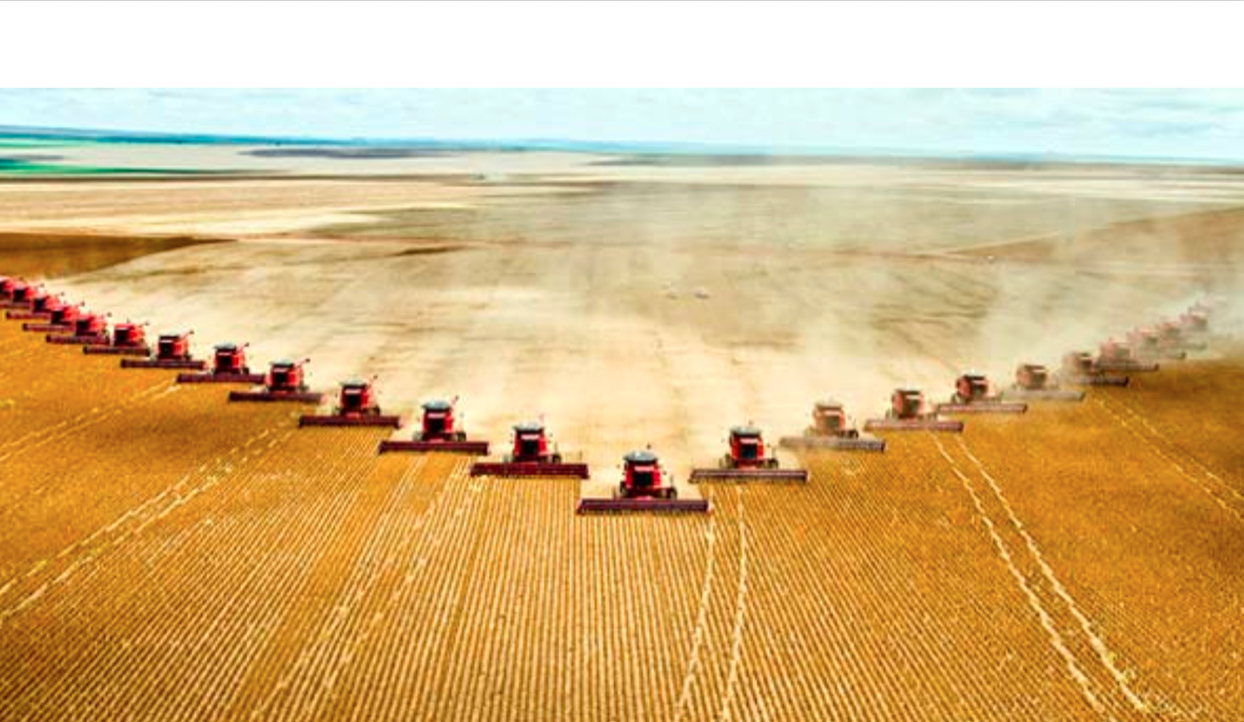
PART 1: Why agroecology matters
There are two was to think about food security: One way is to focus on the supply and production of calories . A second way is to think of food security as the property of a social-ecological system.
In this second way, wellbeing of humans, and wellbeing of nature, are one story.
This is why I consider Andra Pradesh Community Managed Natural Farming to be the true health professionals.
100 million women participate in Women’s Self Help Collectives. People learn together
through continual learning and experimentation.
Whole-villages embark on transformation journeys.
A s a social ecological system, ecological agriculture is far more knowledge-intensive than the industrial model it’s replacing. Multiple skills are needed to cope with this degree of complexity.
Agroecology is also innovative, and also scientific – but in ways different from our associations with those words.
Agroecology also labour intensive in ways that create meaningful work and jobs.
Above all, agroecology is local, and it is social.
It is not just about production and consumption, it is about relationships, too – with each other, with the land, and with living systems. The quality of these relationships determines the health of social and ecological systems.
These social and ecological relationships, although damaged by modernity, are are being re-made by agroecology. Its practices are about about care, not just consumption. They are about hospitality and connection – between people, and with place. They are a medium of solidarity among diverse cultures.
The not-so-secret ingredient in a healthy local food ecology is the embodied presence of those involved. Ecological agriculture cannot be practiced remotely. The only way to manage any landscape sustainably is by living in it long enough, and intimately enough, to learn how to manage it well.
Nature is complex, and constantly evolving. If one does not live in ‘close conversation’ with nature, mistakes will be made that are harmful both to one’s self and one’s place’ .
Farms, ultimately, are biological organisms, as Fred Kirschenmann concluded. They are not factories.
To summarise Part One, here are five main reasons why agroecology matters :
PART 2: Agroecology is also urban
An ecological approach to the design of cities builds on some surprisingly good news: There can be more biodiversity in cities than in many rural areas that we think about as ‘nature’.
An urban biologist in the Netherlands, for example, identified 300 different species in one square kilometre of her city – compared to 50 different species in the same area of industrially-farmed countryside nearby. Researchers in other cities have confirmed those results: disused industrial areas, rail yards, the edges of motorways, brownfield sites of all kind, are teeming with diverse forms of life.
The US Department of Agriculture (not known for its romantic food sovereignty bias) reports that between 15% and 20% of global food is produced in urban and peri-urban environments (Abdulkadir et al.2012)
City and suburban agriculture take the form of backyard, roof-top and balcony gardening, community gardening in vacant lots and parks, roadside urban fringe agriculture and livestock grazing in open space.”
https://x.com/ruaf
Urban agriculture often makes use of under-utilised lands, including school grounds, playgrounds, roadsides, riversides, vacant building lots, roof-tops and existing park and greens paces.
Alongside the physical change involved in urban food systems.new kinds of social infrastructure are also emerging that – as well as connecting urban people and rural communities – also create new jobs and livelihoods.
This Edible Map of Dallas covers 110 acres of central Dallas. The map explores the potential for urban agriculture in the neighbourhood
A pattern is emerging: Cities no longer see urban agriculture as being just about food. Urban farming brings a range of other benefits: mitigation of surface runoff; reduction of urban heat island effect; enhancement of biodiversity; alleviation of urban poverty, and inequality; improvement of social cohesion; and enhancement of community resilience.
Researchers explored what it would take for Cleveland – a Rust Belt city with lots of potential green space – to feed itself.
The results were startling: In one scenario, the use of 80 per cent of every vacant lot generated 22 to 48 per cent of the city’s fruits and vegetables, 25 per cent of its poultry and eggs, and 100 per cent of its honey. If commercial and industrial roofs were added to the equation, the city could provide up to 100 percent of tits needed fresh produce, 94 percent of its poultry and eggs – and 100 percent of its honey.
oardc.osu.edu/Cleveland-Other-Cities-Could-Produce-Most-of-Their-Food-Ohio-State-Study
In Amsterdam’s Urban Food Forest, Debra Solomon works as an artist on the themes of food and eco systems in public space. In 2009, she established a Social Design Lab for Urban Agriculture. The lab’s projects include the urban food forests Foodscape Schilderswijk – a multi-year project with two different communities in Amsterdam to design and implement a 45 HA public space food forest and a 6HA semi-public space food forest.
urbaniahoeve.nl/foodscapeschilderswijk-urbaniahoeve-projects
In Berlin, a fascinating project called Lebens Mittel Punkte is reconnecting people with nature through agriculture.
Access to nature via food growing is combined with the concept of a 15-minute city. This map shows locations where high-quality food is traded, stored, processed, cooked and eaten together.
These meeting points are places of learning and exchange for a wide variety of people. Communal kitchens used for preparing meals are also used for cooking courses and nutrition education – for all generations. The scaling out of agroecology-based regional food hubs in Berlin allows for the creation of a sustainable city-region food system that increases the resilience of the metropolitan food environment.
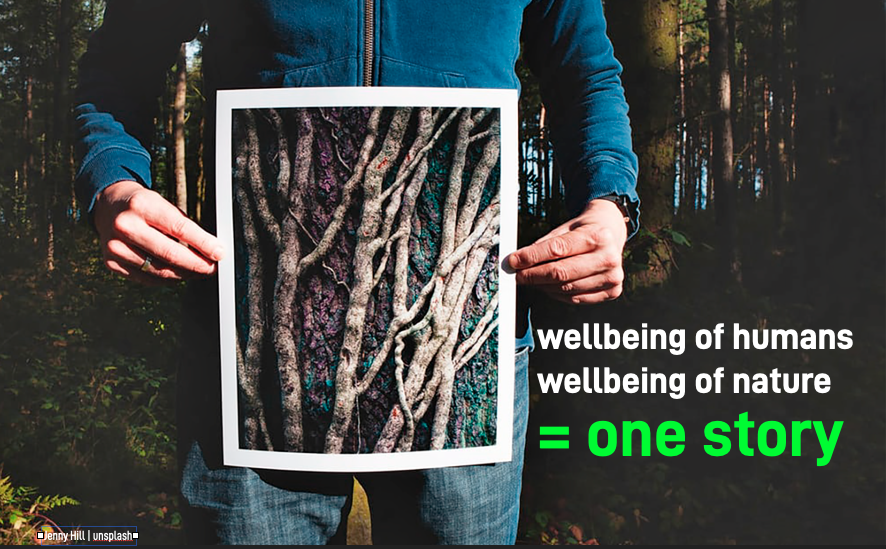
PART 3: What agroecology needs from us
from crops and commodities, to social ecological systems
Biodiversity is not confined to national parks and wildlife reserves. On the contrary, there is often more biodiversity in cities than in nature reserves and protected areas outside them.
These lifeworlds exist at multiple scales – from microbiome, to bioregion. But they have been hidden from us, during the modern age, in two ways.
The first source of invisibility is its small size: Ninety nine percent of all life on earth – the microbial universe – is invisible to the human eye.
The second reason we’re disconnected from life is called infrastructure. We’ve invested huge effort and resources in hiding – and expelling – metabolic materials and processes that permeate our bodies, waterways, air , and soils. We call these living materials waste, and keep them as far away from us as as possible – underground, encased in concrete, out-of-town.
The result has been described as a ‘metabolic rift’ – in our cognition, and in our cities – that is a key driver of the biodiversity crisis that is now upon us.
Out of sight, out of mind. What would it mean to practice design in the knowledge that the well-being of humans, and non-humans, is inter-connected?
This question sounds radical – but it is not utopian. Billions of us already inhabit cities alongside other humans, animals, insects and plants, soils and machines. The more we learn about life on earth, the clearer it becomes that the well-being of humans, and of non-humans, is inter-connected. They are a single story. Sustainable design, in this context, means designing for all of life – not just human life.
That’s a big step! Not so long ago, human-centered design was considered progressive in itself – and now we have to design for all of life?
All of life is not just large, visible lifeforms – like trees, or bears. It also includes microbes that are all around us, and inside us – but invisibly. Ninety nine percent of life, it turns out, is invisible – so how do we design for that?
A practical example of this ecological turn in design is microbiome-inspired green infrastructure, or MIGI.
MIGI – is a a framework for managing urban construction projects so that multidisciplinary teams of researchers and practitioners can explicitly consider environmental microbiota in design and construction contexts, thereby increasing ecosystem functionality and public health.
MIGI is complex: it addresses the interaction of microbes soils, plants, buildings – and of course human bodies. Scientists are now mapping the microbial populationsof cities, buildings, soils, and systems using the quantitative metrics of DNA sequence analysis.
One of MIGI’s pioneers, Dr Jake Robinson, describes in Probiotic Cities how environmental microbiota can be included in design and connstruction contexts, and thereby increasing ecosystem functionality. MIGI can thereby enhance the wellbeing urbanites living in super-hygienic environments. Being less exposed to health-promoting microbes, they are subject to all manner of chronic inflammatory disorders.
sciencedirect.com/science/article/abs/pii/S0167779924000052?dgcid=author
pubmed.ncbi.nlm.nih.gov/37772259/
Depaving frees the soils under a city’s hard surfaces – but as habitats, and as ecosystems, cities are multidimensional. Other living interfaces have potential, too: the rhizosphere, where most soil microorganisms are to be found; the phyllosphere, the total above-ground surface of plants, another huge habitat for microorganisms; and the hydrosphere – all the waters in a city such as lakes rivers, and seas. Restoration of urban microbial biodiversity in all these dimensions can benefit health in many ways.
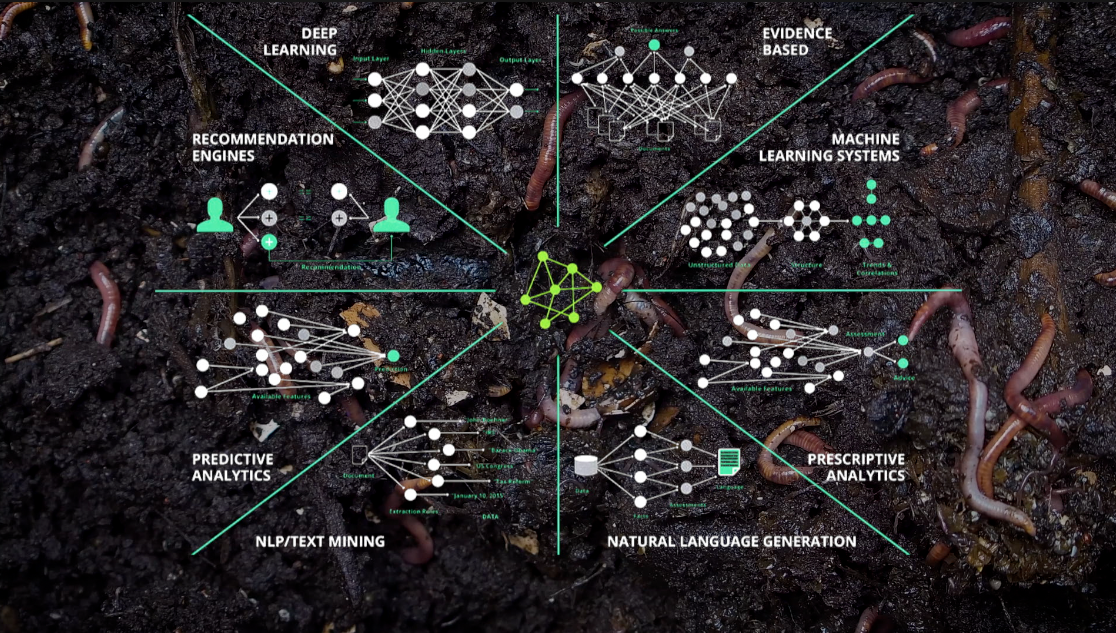
PART 4: Potential of AgTech and AI
In reflecting on the emerging discourse about automated agricultural machinery, one researcher noticed that nearly all these startups “imagine farms as places where farmers and workers do not need to be, but also implicitly frames farms as intolerable places where people do not want to be.
Only autonomous machines, this start-up story goes, can relieve farmers and workers of this presumed burden by letting them ‘farm at a distance’.
Farmers are promised increased control over their work-life balance, and greater farm productivity, from letting ‘smart’ robots assume control over the operational environment. It’s left unstated that farmers become enmeshed in technical network that creates new relations of dependence upon the companies who design, sell, maintain, and often retain ownership over automated technologies.
Top-down or outside-n technology is another additive – like fertilizer, or pesticides.
But this is not to say that the agroecology movement is “anti tech”. For one thing, many are already using ‘new’ technology – such as smartphone apps, virtual fencing and data analysis.
Now, a new grassroots movement comprising AgTech for Agroecology, and international Grassroots Innovations Assembly, has identified ways to enhance agroecology.
These, in summary, are:
Monitoring, Evaluation and Learning (MEL) systems and frameworks;
New market pathways for the products of small scale farmers.
Facilitate co-creation and exchange of knowledge on agroecology .
There is also interest in so-called Agentic AI. In healthcare, agentic AI is being deployed as a personal health assistant, continuously monitoring patient data from wearable devices. Real-time health indicators adjust treatment plans in real-time.
One can imagine agentic AI as an assistant to the natural farmer. Agentic AI represents a fundamental shift towards decentralised community-based models.
In Portugal, EdenX is a digital platform that rehearses more than human modes of dialogue about rivers, their constituents and their rights.
On the monitors of the installation present at the Nova Sintra Water Reservoir, conversations are presented between groups of people who have come together online to speak on their own behalf – or representing other entities using fiction, artificial intelligence, monitoring sensors and other technologies.
In addition to being a platform for dialogue, EdenX works as a decentralized and self-managed deliberation and decision-making tool in which all stakeholders can make proposals and vote on proposals made by others.
https://edenx.pt/about
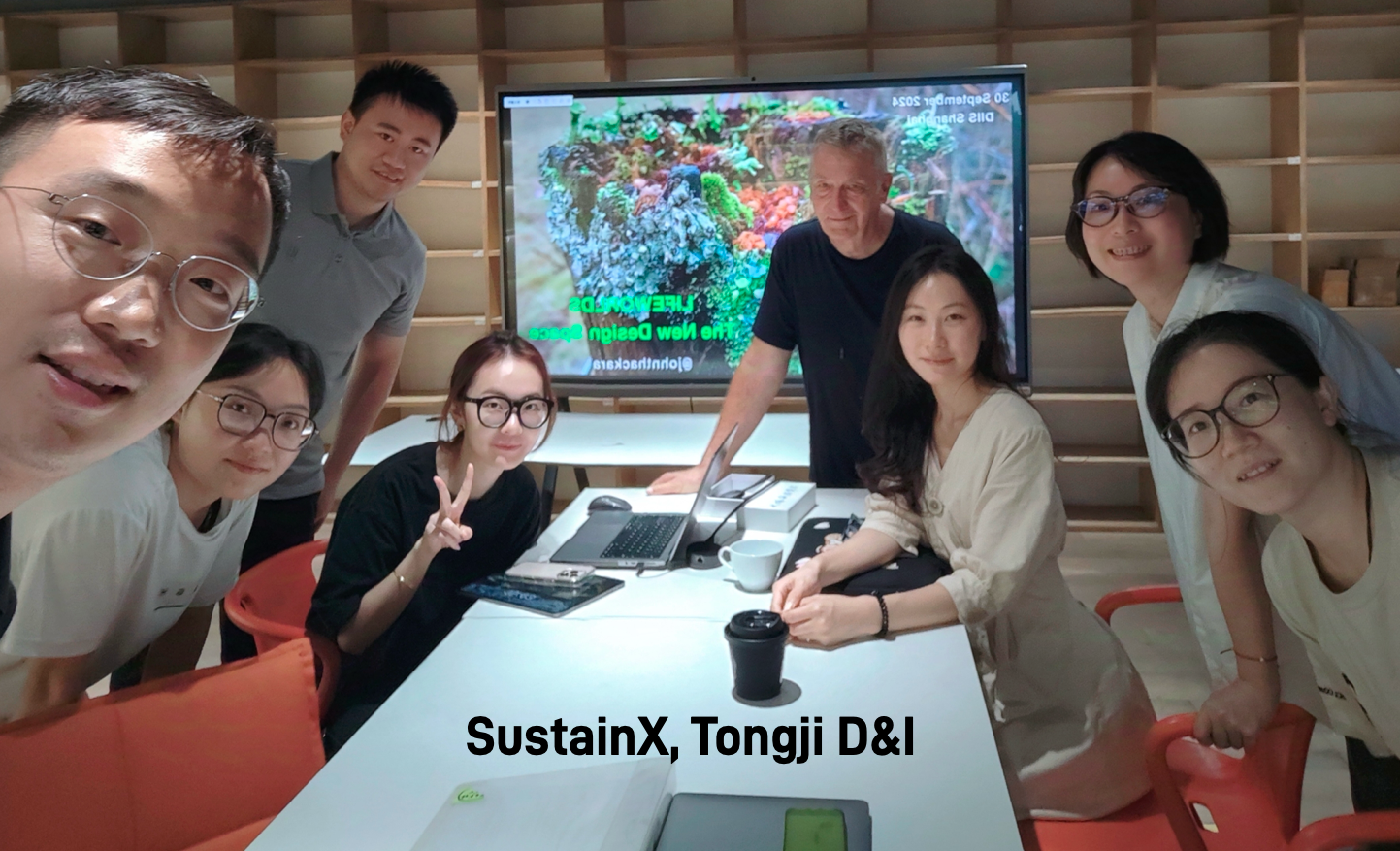
PART 5: Shanghai Urban Ecologies Lab
So far, I have explained why agroecology matters. I showed you that Man’s Internet and Nature’s Internet I are intertwine. I reminded you that agroecology is also urban. And I showed a couple of ways in which agentic AI might help small scale farmers cope with the complexity of agroecology
Aong the way, I have suggested that agroecology is a medium of social re-weaving ; that agroecology enables rural revitalisation ; and that agroecology is a living social-ecological system.
But one key detail is missing from my talk so far: what are you supposed to do, practically with this information?
For me, the best way to answer this “HOW?” question is by showing you examples of how others are doing it, now.
My first example is Living-infrastructure Field Kit, in Los Angeles .
Built or “gray” infrastructure emphasizes large-scale structures like aqueducts, roads, and bridges. Historically, this “hard” infrastructure sought to control nature or address single-issue problems.
Los Angeles imports over 80% of its water from hundreds of miles away through gray infrastructure like the L.A. Aqueduct. Meanwhile, rainwater that can’t seep through the city’s many impervious surfaces causes flooding and washes pollutants out to the ocean.
Living infrastructure is the practice of bringing together built, natural, and social systems in ways that help people and places thrive.
Stormwater harvesting and storage – in small to very large cisterns or tanks, at homes, schools, and industrial and commercial facilities – can significantly increase local water supplies, reduce flooding and pollution. Water conservation, reuse, and infiltration are also all part of LA’s broader approach.
Hyper-local efforts create a network of built and natural systems that keep local water in the landscape, while providing significant ecological and community benefits.
Every day, Hong Kong disposes over 3,000 tons of food waste. The ambition of the Soil Trust is to shift the perception around organic wastes —— from something to be discarded to a source of new life.
In a variety of activities, citizens are getting involved s in scavenging plastic bins, brewing eco-enzymes, upcycling kitchen scrap, and even participating in hot-composting at the farm… all for the unifying purpose of nourishing soils and our web of life.
Both hospitality professionals and students designed behind the scenes the implementation of a socio-metabolic arrangement with the potential to be multiplied elsewhere.
They are also developing the Growers Without Borders (泥玩無國界) service learning program. This combines eco-friendly farming practices with creative community involvement.
For Markus Wernli, Professor at PolyU Design, the key is nutrients cycling thgat revolves around the principle of fermentation: the culturing of both microbial and social life.
Responding to the absence of household-level organic waste recovery in Hong Kong, Soil Trust (泥玩 :集「棄」還田) is building a soil commons — a community of flourishing — around recovering food scraps that brings food consumers and producers together for mutually invigorating local soils. Particular attention is paid to the processes involved to make grassrts such as Living Infrastructure in LA, or Soil Trust in Kong, are complex. oots nutrient cycling desirable for urban households without land access.
markuswernli.org/st/
Projects such as Living Infrastructure in LA, or Soil Trust in Hong Kong, are complex. For Shanghai, too, a new kind of lab is needed to make meaningful progress.
In fact, the embryo of such a city-wide lab already exists.
In the Ecology and Cultures Innovation Lab at Tongji University in Shanghai, researchers promote the ecological literacy of citizens, and community-scale ecological participation, in ways that support the emergence of Ecological Civilisation in Chinese cities
The work begins to enable action at a local level that meets national commitments under the Convention on Biological Diversity.
ecology.shanghai-visual.org
Strengthening food webs is not a “one stop” bold breakthrough. Rather, its a distributed social process of ‘muddling through’ together in diverse and different ways that are at best agroecological and collective, culturally and ecologically tailored to different geographies.
It means embracing a messy politics of relationship, nuance, context, complexity and co-learning.
The technical innovation in the project involves the design of interactions between scientific knowledge and public participation. Based on a knowledge ecosystem approach, it makes natural science date, concepts and tools visible, accessible and usable in the public domain.
The Shanghai Urban Ecology Lab is also innovative as an instrument of participatory ecological education – in three ways:

